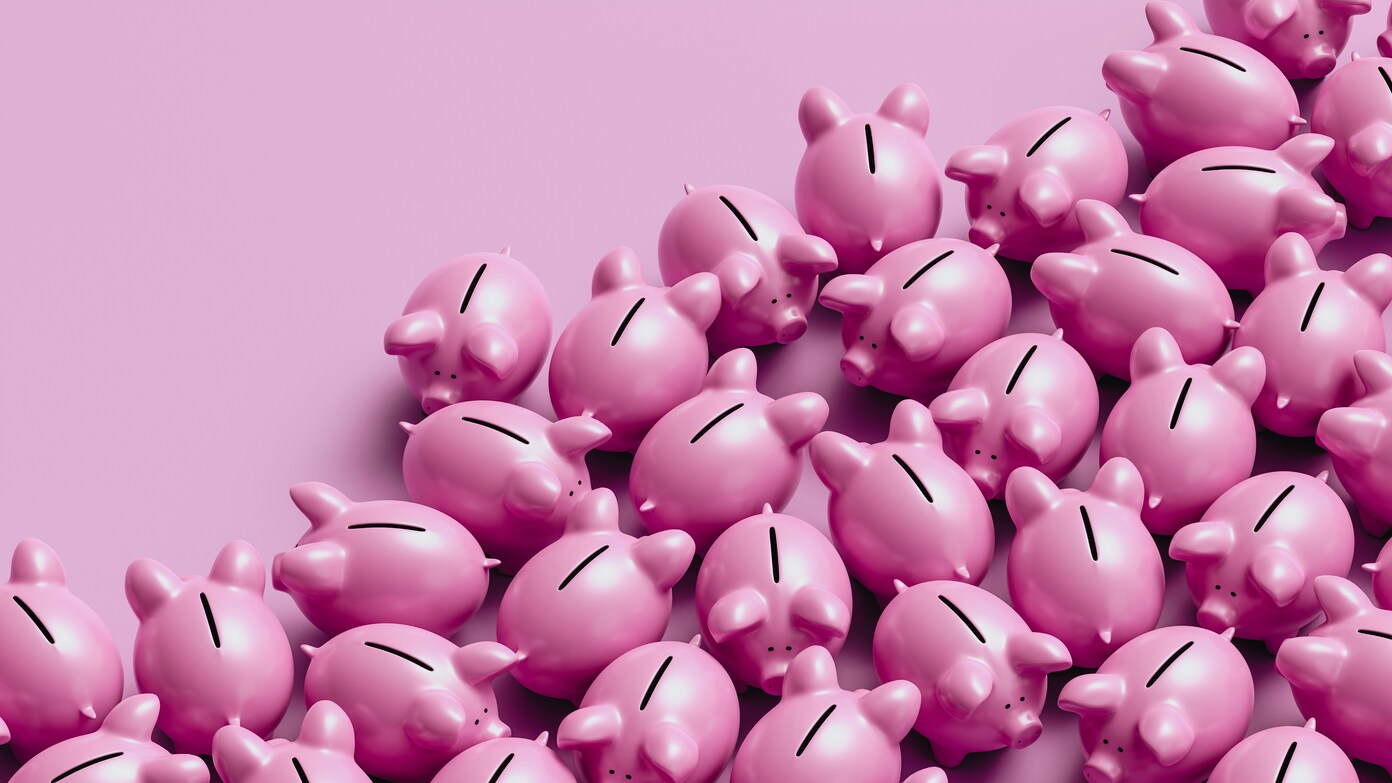If saving money is part of your New Year’s resolutions, the “no-buy” challenge trending on social media might be worth exploring. This movement, shared by content creators from various walks of life—stay-at-home moms, climate activists, and financial enthusiasts—focuses on avoiding non-essential purchases throughout the year. Items like clothing, home décor, technology, and takeout meals top many participants’ lists, encouraging a shift toward intentional spending.
Success stories: Real people, real savings
Elysia Berman, a 35-year-old who embraced the challenge in 2024, shared how it transformed her financial life. By cutting out new clothes, beauty products, books, and takeout meals, Berman paid off $34,000 in credit card debt within a year. This year, she plans to continue the challenge, aiming to clear her remaining debt by June and start saving for the future.
Berman emphasized that consistency was key in her journey. Initially, her $1,000 payments felt insignificant compared to her total debt. However, as her balances decreased, each payment became more rewarding and manageable.
Rachel Holdsworth, a TikTok creator known as “Budget Bestie,” has also joined the no-buy movement. For 2025, her list excludes hair treatments, manicures, Starbucks runs, makeup, and food delivery services. Reflecting on her spending habits from 2024, Holdsworth estimated she could save around $5,000 by eliminating these non-essentials.
While giving up hair and nail appointments was relatively easy, cutting out food delivery services like DoorDash and Uber Eats proved challenging for Holdsworth. “It’s so convenient to just hit ‘order,'” she said. “But I realized we were spending hundreds of dollars a month on it, and while it’s great occasionally, it’s not worth the daily expense.”
Long-term commitment and lifestyle alignment
Christine Ashby, a YouTube creator known as “Frugal Fit Mom,” is no stranger to the no-buy challenge. At 43, she’s embarking on her third consecutive year of this financial experiment. Ashby shared that while she was once an extreme couponer, buying products in bulk for minimal cost, she realized she was overconsuming.
In 2023, Ashby published her first no-buy video, detailing 100 items she planned to avoid, including toiletries and pre-cut foods. This year, she has narrowed her list to 25 items, focusing on a more sustainable and realistic approach.
Kara Pérez, a self-proclaimed “sustainable money expert,” encourages first-timers to align their no-buy lists with their values and interests. In a TikTok video, Pérez explained how she prioritizes hobbies like hiking, biking, and camping, using her financial goals to support those passions.
“Knowing what I love helps me make decisions that align with my values,” Pérez said. She also reminded viewers not to let social media trends dictate their financial goals. “Defining what’s important to you—not what others prioritize—will help you save money and live a life you feel good about in 2025.”
The takeaway
The no-buy challenge is more than a fleeting trend; it’s a powerful tool for those looking to build healthier financial habits. Whether your goal is to pay off debt, save for a vacation, or simply curb overconsumption, this movement offers a structured path toward intentional living. By tailoring your no-buy list to your unique lifestyle and staying consistent, you can make 2025 a financially empowering year.

